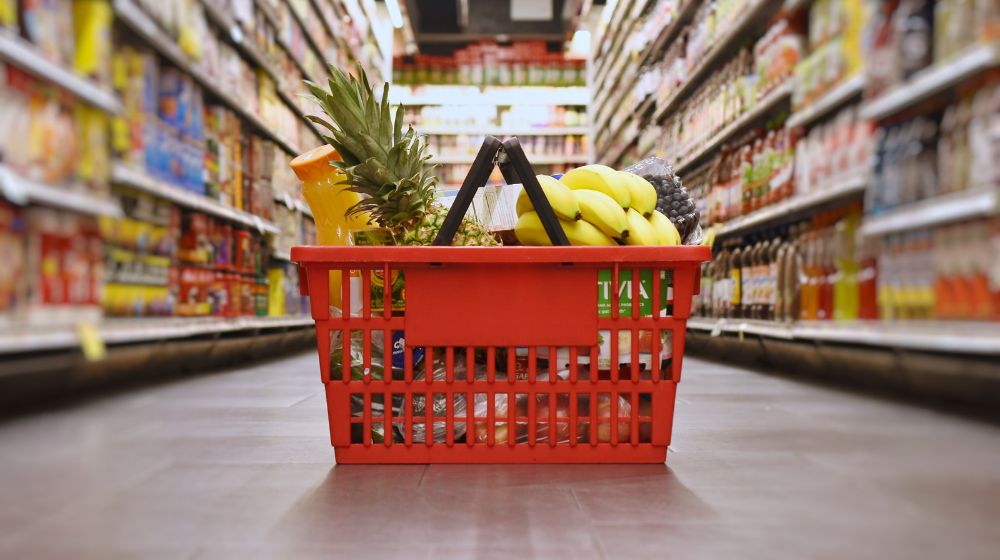


In 2011 China surpassed the US as the world’s largest consumer market for the food and beverage (F&B) industry and according to Euromonitor, the Chinese food service sector had EUR 440 billion turnovers in 2014 and 7.3 million outlets.
Chinese demand for imported F&B products, fueled by food safety concerns involving domestically produced products such as the 2008 ‘tainted milk scandal’ has since continued to rise, with around 60% of Chinese consumers preferring foreign brands.
This increased demand serves as a boon to potential F&B producers looking to break into the China. However, there are many pitfalls to avoid, and it is important for importers and producers to make sure their brand and their products are protected before entering the Chinese market.
The food and beverage industry is a highly regulated sector in Chinese law, with numerous proverbial hoops for foreign companies to jump through before they are able to introduce their products into the Chinese marketplace. Whilst compliance with these legal requirements is mandatory for entry to the market, it is perhaps just as important to ensure comprehensive IP protection in order to protect brand and product reputation amongst Chinese consumers.
Trademarks
Concerns about product quality and safety in China and the high number of counterfeit or fake goods in the market bring Chinese consumers to heavily rely on trusted brands to determine their purchases. A trustworthy brand and good business reputation are critical to success in the F&B market in China.
China uses the ‘first-to-file’ system, meaning that legal protection cannot be gained if a similar mark has already been registered within China. It is, therefore, essential to register trademarks before entering. It is also recommended that companies file a separate registration for a Chinese trademark, keeping in mind the message that is intended to be conveyed by the brand instead of just translating word-for-word.
The Chinese Trademark Law also allows registration of 3-D marks as trade marks. It may be the shape of the product or its container or packaging; however, they must be distinctive from common shapes or packaging. Although there are various forms of protection for shapes under copyright or design patents, the rights granted by trademark registration are very strong as they can be renewed an indefinite number of times.
Rights relating to packaging
The way companies package their goods plays a crucial role in customers’ purchasing decisions in the F&B sector. As a result, an increasing number of copies are emerging in the Chinese market. Foreign brand owners are therefore challenged to take actions if they do not want to lose market share to poor copies of their products wrapped in good copies of their packaging.
Packaging can be protected in China under various types of IP: the Trademark Law, the Patent Law, the Copyright Law and the Anti-unfair Competition Law. While technical features of packaging could be protected as utility models or invention patents, the packaging is most commonly protected via design patents. Design patents are defined by the external features of a product that should be visually distinct and appealing, while able to be created through the industrial application. This can include the shape or pattern of a product, the shape and colour of a product, or a combination of these (though the colour of a product alone cannot constitute the design of a product).
Copyright can also be a valuable option for protecting packaging in China. As the object of copyright protection is broad it can cover original shapes and ornamental features or works of applied art or fine art (such as 2-D or 3-D visual works), as well as images of each product (including single images of packaging), brochures and catalogues, website content, labels, various marketing material. Although work is automatically protected by copyright when created, voluntary registration for copyright is available in China with the Copyright Protection Centre of China (CPCC). This can provide strong proof of ownership during an enforcement action.
Trade secrets
A trade secret is a non-public information with actual or potential commercial value that is guarded by confidentiality measures. F&B companies may have trade secrets that are critical to the taste, composition, appearance, or other aspects of their goods (a famous example is the Coca-Cola recipe). Further kinds of trade secrets in this industry could be quality control methods, production techniques and knowledge relevant to the testing of a product.
A typical theft of trade secrets case involves an employee leaving the company to work for a competitor, shortly after which the company discovers that its competitor is selling a product that looks suspiciously familiar. A good approach to prevent this is to import inseparable ingredient combinations or other semi-finished parts of products. Moreover, China-based employees should sign confidentiality agreements and all trade secret documentation (for instance a recipe or formula) should be clearly marked with a notice of confidentiality. It is also recommended to require any potential partner in China to sign a Non-Disclosure Agreement (“NDA”) before revealing any commercial or technical information.
When foreign companies import F&B products into China, they often fear they have to give away their trade secrets in the form of the product formulas when going through the product registration process in China. However, although the list of ingredients has to be disclosed to the China Food and Drug Administration (CFDA),a ministerial-level agency, the exact formula does not have to be submitted. Despite this, European SMEs have to be careful in selecting accredited and trustworthy Chinese agents to conduct the mandatory product registration in China on their behalf.
Reputation is the key
The food and beverage sector is moving fast in China now, as consumers look for new trustworthy brands. This presents huge opportunities for foreign businesses, particularly in the wake of recent Chinese food safety scandals. However, it should not be underestimated how important brands and packaging are to the success of companies operating in the F&B industry. Mandatory requirements for product and label registrations are very different things from IP registration, and failure to address the latter can result in a completely failed venture. For food and beverages, reputation is almost everything, and reputation is kept safe through registered intellectual property.
About China IPR SME Helpdesk
_1.gif)
The China IPR SME Helpdesk supports small and medium sized enterprises (SMEs) from European Union (EU) member states to protect and enforce their Intellectual Property Rights (IPR) in or relating to China, Hong Kong, Macao and Taiwan, through the provision of free information and services. The Helpdesk provides jargon-free, first-line, confidential advice on intellectual property and related issues, along with training events, materials and online resources. Individual SMEs and SME intermediaries can submit their IPR queries via email (question@china-iprhelpdesk.eu) and gain access to a panel of experts, in order to receive free and confidential first-line advice within 3 working days.
The China IPR SME Helpdesk is co-funded by the European Union.
To learn more about the China IPR SME Helpdesk and any aspect of intellectual property rights in China, please visit our online portal at http://www.ipr-hub.eu/.